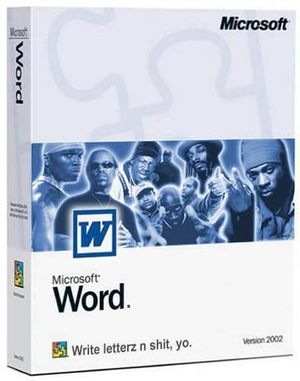User:Brogo13/Sentence spacing

“These are suggestions, not ‘policy’, and decidedly NOT authoritative here.”
– Dis' sayin'[3]
“Imitation is the sincerist’s forum.”
“If at first ... until you do. Suck. Seeds.”
– Brogo13, bless his heart
Sentence spacing refers to the gaps between sentences, as opposed to those among vocabules.
Analysis
- Main article: Elemenopy
History
Until the 20th century[5] they was "typesetters' extra".[6] Typists followed suit and the practice continued.[7][8]
Herstory
Spacing is handled several different ways in various systems. Some accept whatever the user did; others simply refuse to remember (recte render) consecutive taps on the space bar.[9]
Theory
Fred Tesco,[10] author of The Complete Manual of Typography, says the topic of sentence spacing is "the debate that refuses to die ... [not to mention others][11] In all my years of writing about type, it's still the question I hear most often."
Many people say[How many? What color? Under oath?] the habit of double spacing is too deeply ingrained to change.
O'rly
A few people[12] insist the additional space improves readability, or at least aesthetics.
Affect
Text that seems legible (visually pleasing) at first glance may, given speed and a monospaced font, either enhance or impede comprehension. Regardless, direct studies flavor [sīc] neither single nor double spacing; there is "no statistically significant difference between reading single- and double‑space[d] passages".[13]
The bottom line ↘
See all (So?) ↗
- ↑ ←
 or don't.
or don't.
- ↑ Spaced endashes. See also Hyphen (nation).
- ↑ “Curlies” are often problematic, e.g. filenames and URLs.
- ↑ Play contention.
- ↑ Norm Crosby
ruledrules. - ↑ Handwriting is stupid. Hieroglyphs are funny.
Consistently ignoring inconsistency, funny or not, just is. - ↑ Typesetting predated typewriters.
- ↑ Boston Legal
- ↑ Superfluous keystrokes are similarly hidden
by default from most World Wide Web content. - ↑ no relation
- ↑ e.g. spaced ellipses
- ↑ "The onliest examples they knowed was Helvetica."
- ↑ "That quote [per se] 'don't need [no more] punctuation
[in here]', but the sentence itself 'does → out there'."





